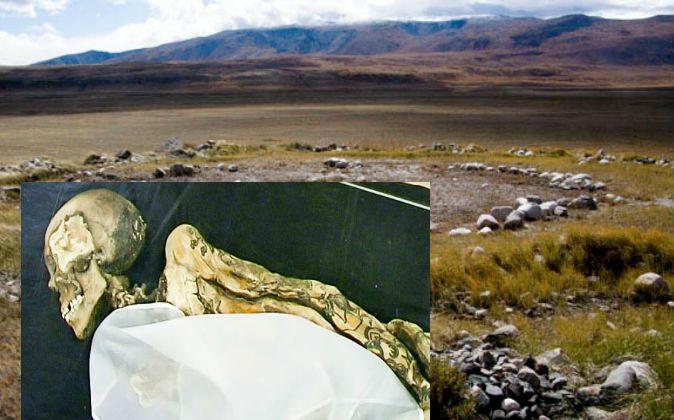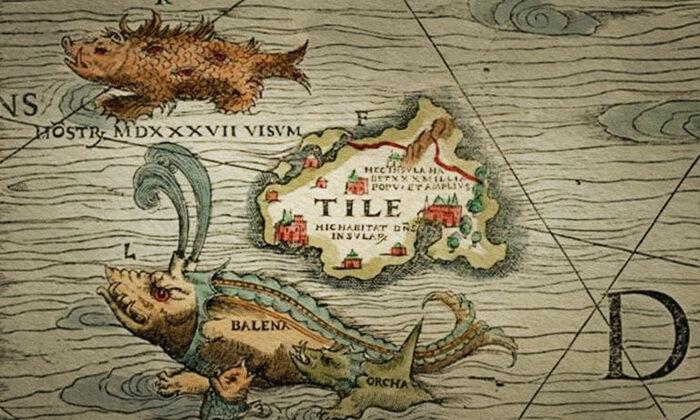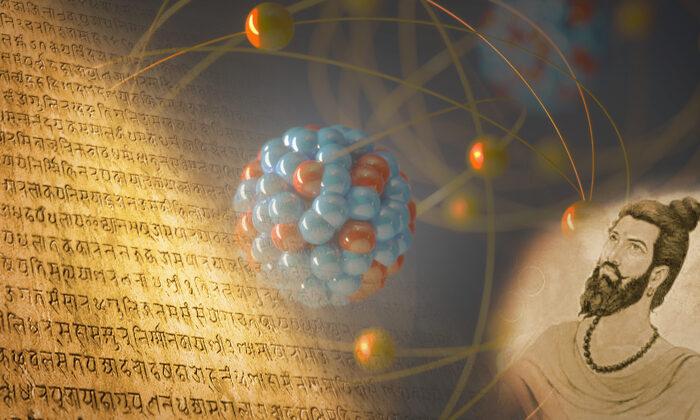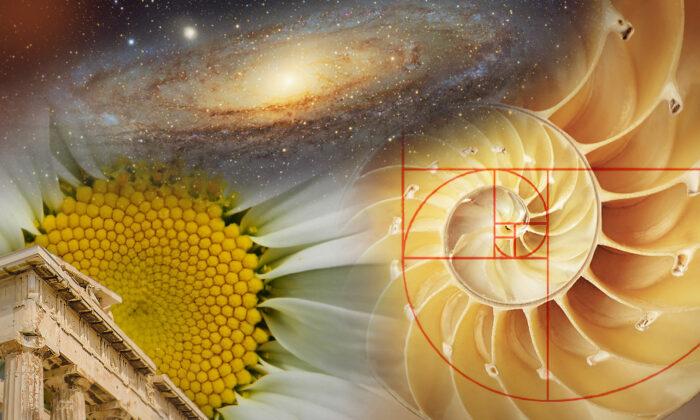The Siberian Ice Maiden, also known as the Princess of Ukok and the Altai Princess of Ochi-Bala, is a 2,500-year-old mummy of a woman found in 1993 in a kurgan (mound) of the Pazyryk culture in the Republic of Altai, Russia. It was considered to be among the most significant Russian archaeological findings of the late 20th century.
The indigenous people of Altai believe the Ice Maiden was a priestess who chose to die to protect the Earth from evil spirits and that the scientific testing on her remains have angered her spirit, causing natural disasters. As a result, a council of elders in Russia’s Altay Region have now voted to rebury her remains in order to appease her spirit, according to a report in RT News.
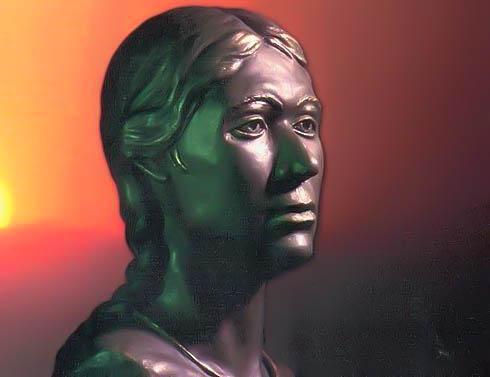
A reconstruction of how Princess Ukok may have looked. (Kobsev via Wikimedia Commons)
The Princess of Ukok was found undisturbed in a subterranean burial chamber on the Ukok Plateau near the border of China, in what is now the Autonomous Republic of Altai. The plateau, part of the Eurasian Steppes, is characterized by a harsh, arid climate. The area is known by the local people as the “second layer of heaven.”
As well as the sarcophagus with the mummy, six horses richly saddled and harnessed and two warriors were found indicating that the woman came from a noble clan. The Altai Princess and the two warriors found with her are believed to be Pazyryk people, a nomadic people described in the 5th century BC by the Greek historian Herodotus.
One of the most distinctive features of the Ice Maiden is her tattoos. She has tattoos on both arms, from her shoulders to her hands although only the left arm was preserved well enough to study. The tattoo depicts a mythical animal, an antlered deer with the beak of a vulture as well as other mythical clashes between vultures and hoofed animals.
Many people in Altai believe that the remains of the Siberian Ice Maiden belong to a legendary ancestor and that her tomb was placed in its location to keep a gate to the underworld closed. Now, they argue, the absence of the guardian has led to natural disasters in Altai, including the 2003 earthquake and this year’s record floods.
Since her discovery, the Ice Maiden has been extensively studied at the Museum of the Novosibirsk Institute of Archaeology and Ethnography, which has included facial reconstruction, DNA tests, and other research projects on the Maiden. In September, 2012, she was then flown back to be put on display in Altai’s Anokhin National Museum, where visitors can peer at her through a glass box. Altai locals say that scientists have troubled her remains and angered the powerful gods.
Activists have been campaigning for years to have the Ice Maiden returned to the burial hill from which she was removed over two decades ago, and now the council of elders, made up of elders of Altay clans and spiritual leaders, have voted to the Princess reburied in order to place her spirit at rest and avoid new disasters.
Proponents of the burial are yet to agree on a ceremony and the planned reinterment must still pass through local legislation to allow the archaeological finding to be treated as other human remains. However, regional authorities are reportedly not going to oppose this.
Republished with permission. Read the original on Ancient Origins.
